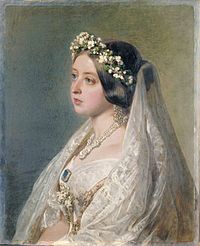
Queen Victoria’s wedding dress. Portrait painted by Franz Xaver Winterhalter, 1847, as an anniversary present for Prince Albert.
We all know the importance that the wedding dress carries in our culture.
Everything must be right with “The Dress” for that special day. Your author has been through such an event, so I understand. The prospective bride must consider the cost, color, fabric, theme, style, and construction, as well the movement of the dress and train, and the ease of exit from the dress. It is not an easy task to choose the right wedding gown.
Throughout the Victorian era and the subsequent Edwardian era, tradition, propriety, and superstition reigned. For most of history, women rarely purchased a dress specifically for their wedding day. The bride would typically wear her finest dress to the ceremony, even if it was a dark color. In fact, many brides wore black during this time. Though examples of brides wearing white can be traced back as early as 1406, the 1840 marriage of England’s Queen Victoria to her cousin Prince Albert is considered the archetypal white-wearing occasion. Described as “dripping with orange blossoms,” her stunning white dress inspired thousands to follow suit. Almost a decade after the wedding, Godey’s Lady’s Book, one of the first women’s magazines in America, declared that white was the most fitting hue for a bride, though the tradition was not yet set in stone.
Women of that time were flocking to dressmakers or making their gowns themselves. But what color should they pick? Funny you should ask. Here is a verse from the Edwardian era to help brides avoid a fatal mistake in choosing the wrong gown color.
Married in White, you have chosen right,
Married in Grey, you will go far away,
Married in Black, you will wish yourself back,
Married in Red, you will wish yourself dead,
Married in Green, ashamed to be seen,
Married in Blue, you will always be true,
Married in Pearl, you will live in a whirl,
Married in Yellow, ashamed of your fellow,
Married in Brown, you will live in the town,
Married in Pink, your spirit will sink.
That pretty much leaves white as the color of choice.
A dress that had been purchased specifically for the ceremony or was already had in the bride’s wardrobe was often worn by her long after the wedding. But that practice carried with it certain superstitions — shocking, I know. Of course, a lady would never wear her wedding dress to a funeral, wake, last rights or vigil, or any other depressing occasion. She also would never wear it to a close acquaintance’s wedding. Many women decided instead to pass the dress down to their daughters. However, in some higher circles, it was thought to be bad luck to wear someone else’s wedding dress even if it had been your mother’s or grandmother’s.
Most likely due to all the superstitions and restrictions on where and when it was appropriate to wear one’s wedding dress after the wedding, it became popular to pack the gown away. Yet storing it away was looked upon as wasteful. So for some frugal gals, it became commonplace to repurpose the dress instead, turning it into doilies, handkerchiefs, or even curtains, which would be given as gifts or placed in a hope chest.
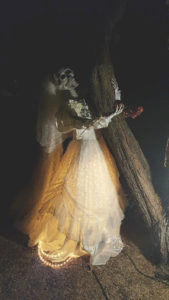
Photo by @. My actual wedding dress from 1985 Repurposed 2016.

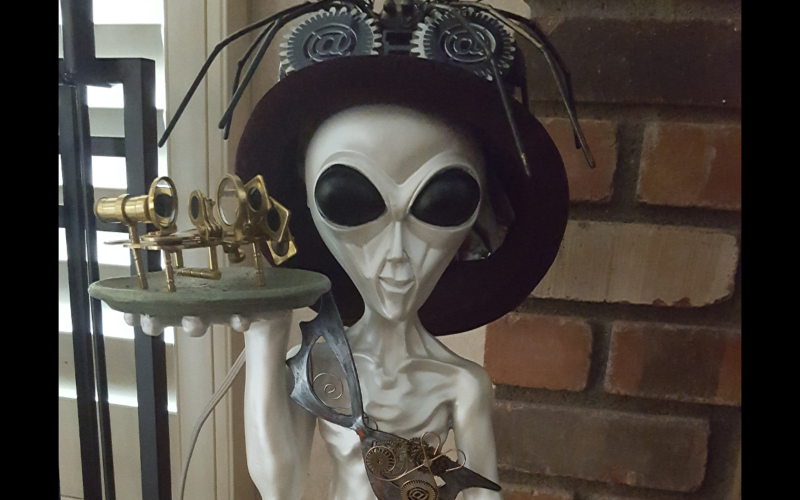





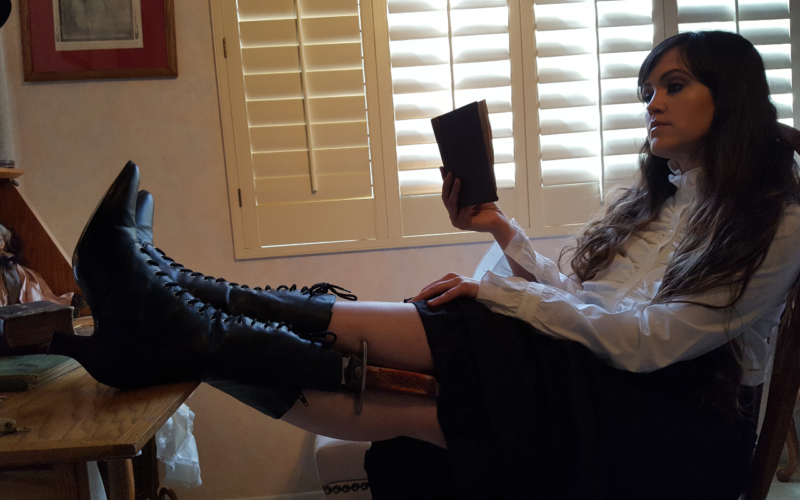


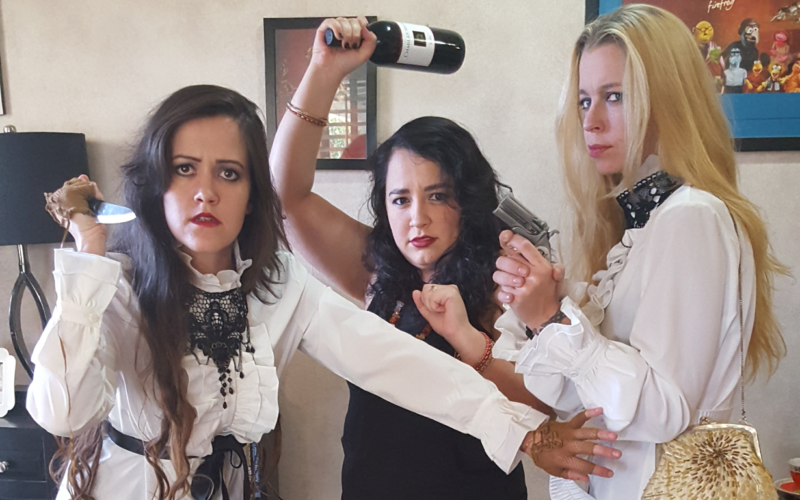





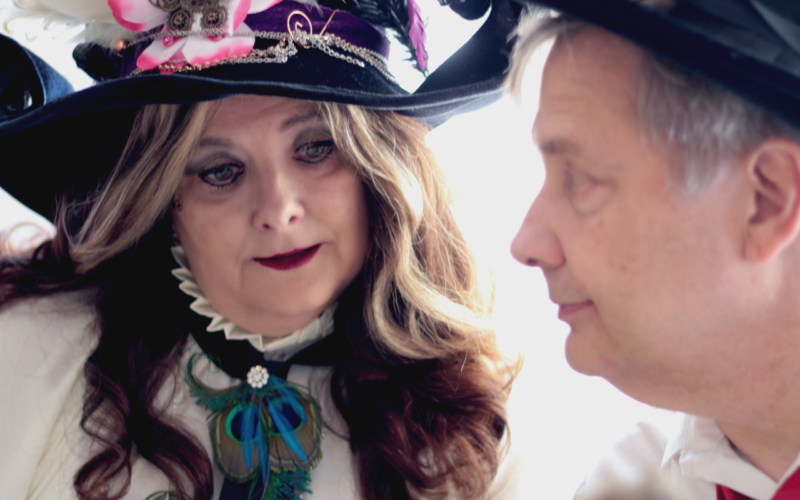


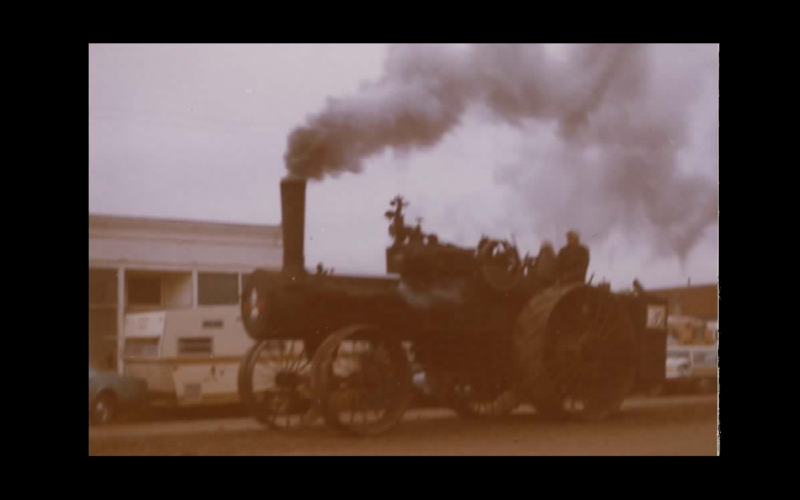








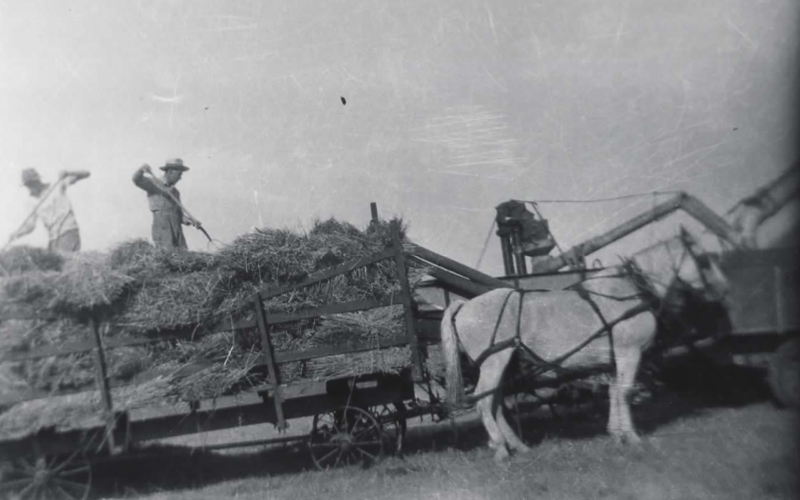







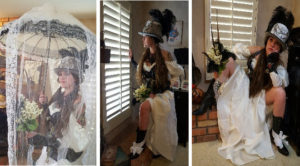
What the bride wore will always be the topic of conversation. Might as well make a statement!
Love this !